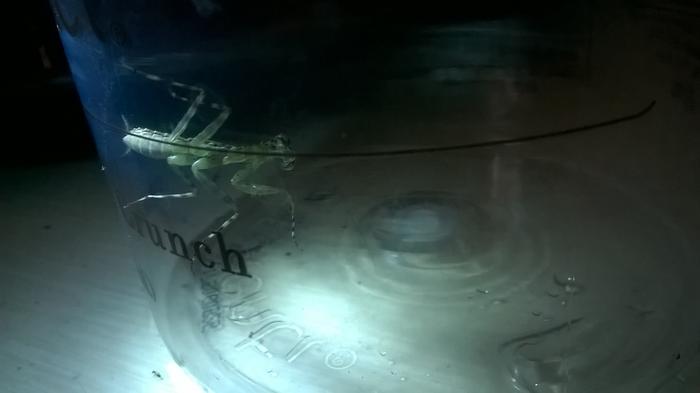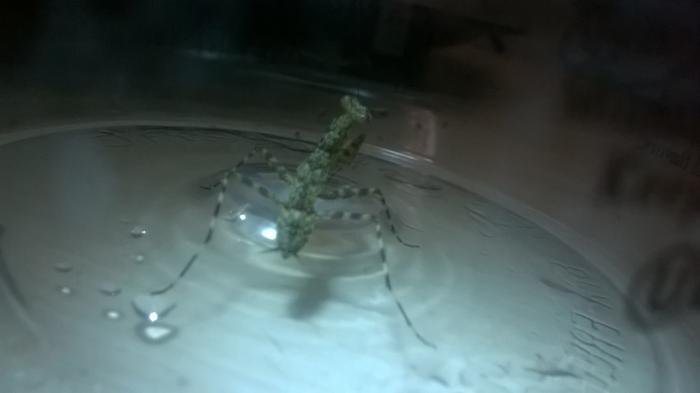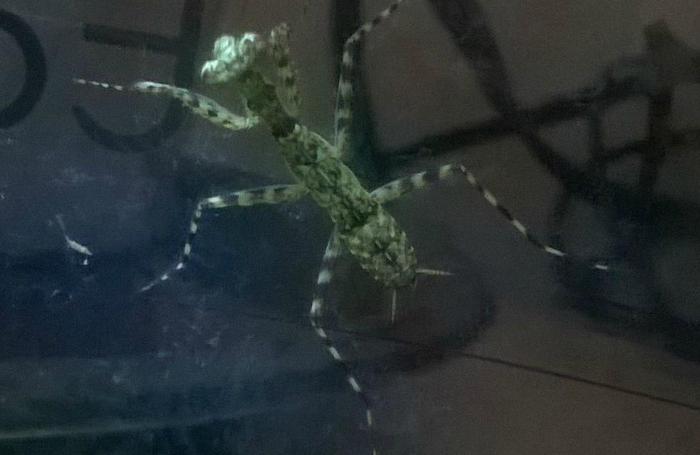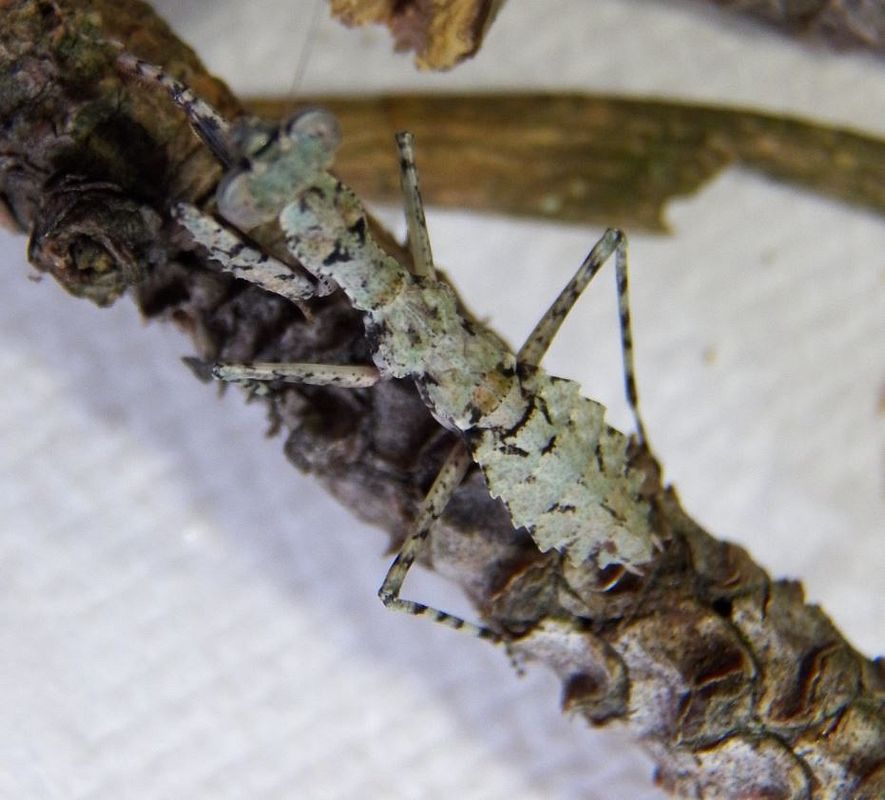vulturette
Well-known member
EDIT: To recap: The nymphs ended up being liturgusa nymphs, not grisea. Not native to florida. The mystery ootheca are liturgusa. I went back and got more nymphs and some adults. The adult has laid an ooth. The other died of old age. Will try and keep them in culture. They rock!
Before today, I had never seen a mantis in the wild. I messaged around the forums, and mantiseater gave me some pointers So today I drove an hour away and actually found some (after five hours of determination. I have a very patient/awesome boyfriend helper).
So today I drove an hour away and actually found some (after five hours of determination. I have a very patient/awesome boyfriend helper).
I found (what I'm 80% sure) is two g. grisea nymphs. Man, these things are small, and wayyyyy faster than my P. Paradoxa. Not a very good photo, I know.
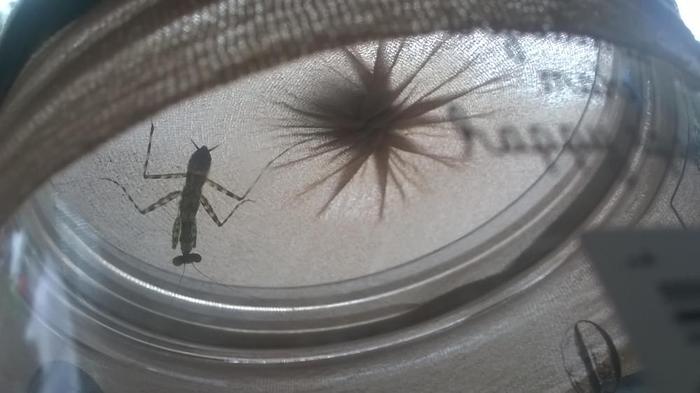
I also found four ootheca. I'm not sure what laid them, and if they are hatched already. They all have uniform holes. I'll be crushed if they are hatched already, but at least I got cool specimens for my collection. Standard house key for scale.
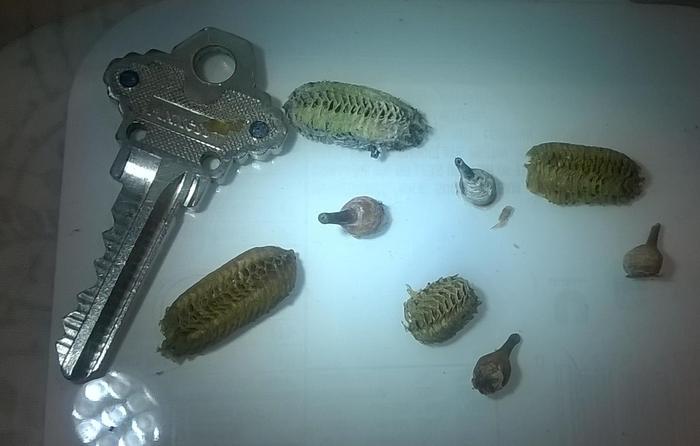
I also found those weird things with the more standard ootheca. I'm not sure what they are, but I was hoping you guys would know something. They look too small to be ootheca but they do look organic.
There isn't an official g. grisea caresheet, I've searched for them on the forum and read the previous topics, but does anyone have any tips for their care? I've heard they are tricky and I've only had experience with P. Paradoxa (although I've had zero problems with them).
Before today, I had never seen a mantis in the wild. I messaged around the forums, and mantiseater gave me some pointers
I found (what I'm 80% sure) is two g. grisea nymphs. Man, these things are small, and wayyyyy faster than my P. Paradoxa. Not a very good photo, I know.

I also found four ootheca. I'm not sure what laid them, and if they are hatched already. They all have uniform holes. I'll be crushed if they are hatched already, but at least I got cool specimens for my collection. Standard house key for scale.

I also found those weird things with the more standard ootheca. I'm not sure what they are, but I was hoping you guys would know something. They look too small to be ootheca but they do look organic.
There isn't an official g. grisea caresheet, I've searched for them on the forum and read the previous topics, but does anyone have any tips for their care? I've heard they are tricky and I've only had experience with P. Paradoxa (although I've had zero problems with them).
Last edited by a moderator:

























